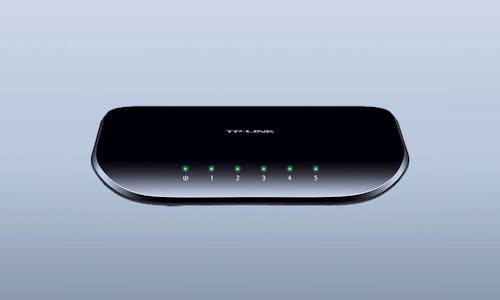The Samsung Galaxy S3 has broken sales records in the UK, due to its slick ICS equipped UI, quad-core processor, curved contours and 8-megapixel camera.
In our review we were impressed with the camera. Despite having the same lens and sensor as the Galaxy S2, is appers Samsung has optimised the software, improving picture quality and adding new features. Here are our top tips to help you get the best from the Samsung Galaxy S3’s camera, whether you are capturing still photos or movies.

Customise the interface
Fed up with digging in menus to find a feature? Well, the four icons running down the side of the screen in the native camera app can be customised. Press and hold any one of them and a grid appears with other camera features (below), simply drag those you use most frequently onto the bar to replace the defaults.

Use the flash
The Samsung Galaxy S3 has an impressive LED flash, which you don’t have to reserve for dimly-lit conditions, it can also be used to great effect in daylight to counteract dark shadows as a ‘fill flash’ when you take photographs and videos. It creates a particularly flattering effect when capturing portraits.
Get moving
To keep the cost down and enable a slim chassis, the Samsung Galaxy S (like all modern cameraphones), doesn’t include an optical zoom. Instead there’s a digital zoom, but use this and it enlarges the pixels, reducing the quality significantly. But not having an optical zoom isn’t necessarily a bad thing, it encourages you to think about composition and experiment more before you take your shot, and move your body. Try it and see.
Reduce the resolution
The Samsung Galaxy S3 lets you capture photographs in six different resolutions, from 0.3-megapixels to 8-megapixels. When taking photographs you are going to put on Facebook or send via email, you don’t need to use maximum resolution, the file size takes longer to process and upload, and takes up space on the internal memory or microSD card. Instead drop the resolution to 3.2-megapixels and it will be quicker to process and the photos will still have ample detail.
Apply the same reasoning to video. The Galaxy S3 can shoot movies at full HD resolution of 1080p, but it will still look fantastic and be more than adequate for YouTube. if you drop it to 720p. If you’re sending a movie via MMS use ‘Limit for MMS’ in the Recording mode settings.

Use scene modes
The Galaxy S3 doesn’t let you set the shutter manually like some dedicated cameras, but slow and fast shutter commands are included as scene modes. Select Sports for a fast shutter to capture fast-moving action and Night for occasions when you want a slower shutter.
Metering
The metering mode determines the exposure (brightness) of the photo. If the metering is wrong, elements of photo can be too dark or the sky can look bleached out. Three options are available on the Galaxy S3. Centre-weighted is where the light is measured from the middle of the picture; Spot is where the light is measured from a small area and Matrix is where the light is measured at several different points and an average is used. Experiment with them and if you’re unsure try use Matrix metering.
HDR
Located in the camera settings you’ll find HDR mode. HDR stands for High Definition Range and is useful for situations with high and low contrast areas. It works by taking a series of photographs at different exposure settings and combining them in-camera, retaining shadow and highlight detail. Remember to keep the camera as still as possible in HDR mode.

Photo Editor
Photo Editor is a dedicated camera app available to download from Samsung Apps. As well as rotating, cropping and adjusting the exposure of your photographs, you can use it to add effects such as motion blur, select using the lasso selection and experiment with different paintbrush effects. Photo Editor is well worth a download if you want to tweak your pictures – and its free.
Rule of Thirds
Located in the camera settings you’ll find an option called Guidelines, which you can use to help compose your pictures. It replicates the Rule of Thirds grid used in photography, by overlaying a grid on the screen. Although it’s natural to put the subject in the centre of the frame, for greater impact position your subject on either side of the central rectangle.
Auto Sync
By default when you set up Gmail accounts on the Galaxy S3, photographs will be upload to Google Plus. Turn this off by going Settings – Accounts and sync and click on your email address and untick ‘Sync Google Photos.’

Leave a Reply